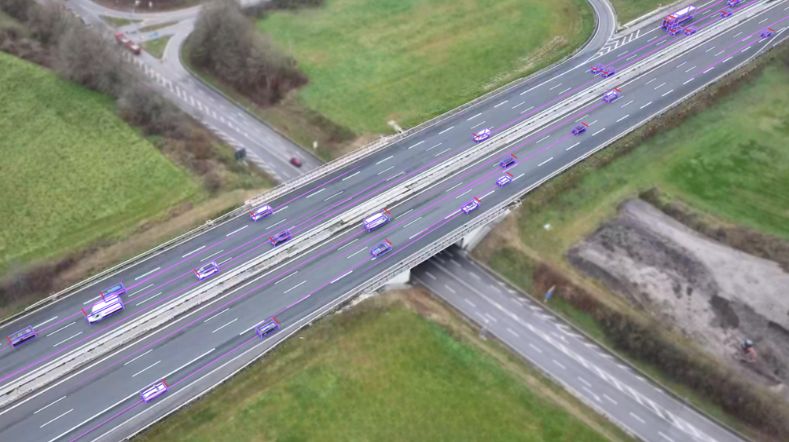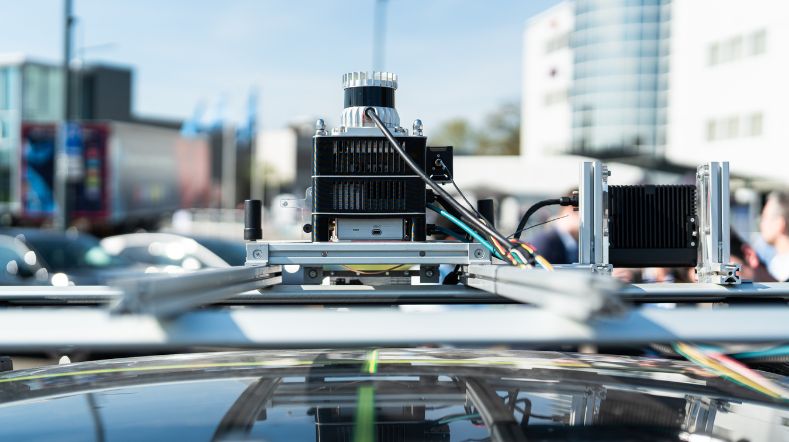Safe and efficient mobility
Technology is developing at lightning speed. Every year the number of computer chips in new trucks and passenger cars increases and modern cars can best be described as driving computers. The benefits of applying new technological innovations are evident: a lot of profit can still be achieved in the logistics sector through greater efficiency. And in the passenger car market there is still a lot to be gained in terms of comfort and safety. TNO is at the forefront of the development of the latest technology for use in the automotive sector. Why? Because mobility can be more efficient, more comfortable and, above all, safer.

Vehicle automation
The truck driver who is allowed to get out upon arrival in the port area. Further maneuvering, unloading and reloading is automated. The bus driver drives his shift to the depot, gets out and goes home. Washing, parking and driving the buses the next day takes place without human intervention. And finally, the commuter who hits the brakes just too late on a wet road surface will be fine: his smart car tires had already activated the braking system. Some examples where modern technology leads to great advantages in traffic. And the great thing is: this is reality.
However, application of technology in the 'real world' is exceptionally complex. In addition to in-depth knowledge of vehicle automation and AI, knowledge about, for example, human behavior, infrastructure, legislation and economic logistics also play a significant role. Within TNO, more than 4,000 scientists from all required disciplines work together every day. On the one hand, this is necessary to successfully implement technological breakthroughs in the logistics and automotive sector.
And on the other hand, this collaboration 'under one roof' leads to shorter lead times and lower costs for our customers. This breadth in areas of expertise in combination with in-depth scientific knowledge makes TNO unique. We work as a director to get new technologies on the road and as a partner to build a sustainable competitive advantage with distinctive innovations.
Our phased approach, which often includes a proof-of-concept, also means that you know in advance where you stand.
Our latest developments
Releasing autonomous software faster with DeepScenario and TNO’s StreetWise


MARQ opens its doors: a place to collaborate on the mobility of the future


Demonstrations of automated driving and charging for logistics at Maasvlakte


Getting on board with autonomous transport? Five things you need to know


Connected mobility












